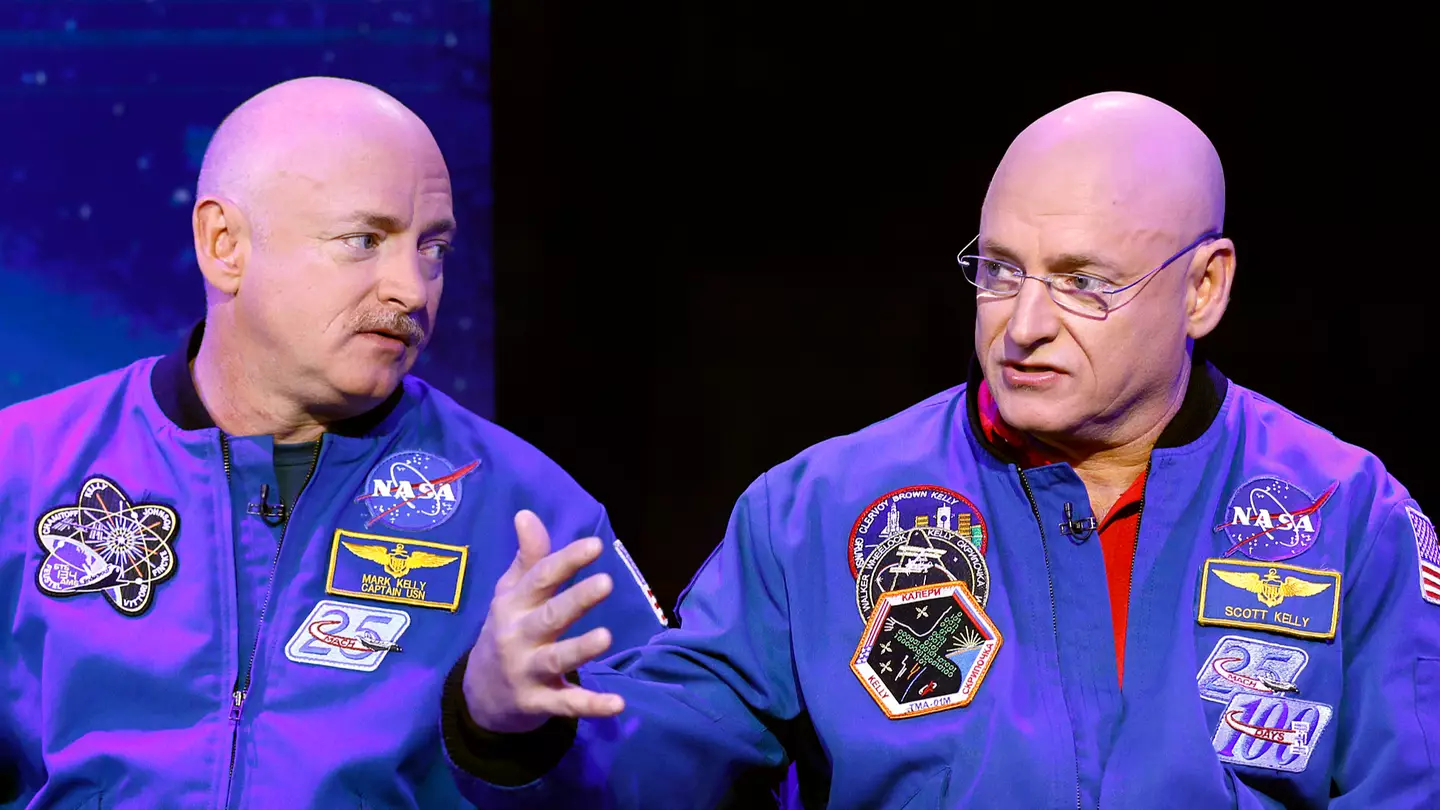
NASA had the very unique situation of having two identical twins work for the space agency as astronauts.
So of course, it took full advantage of the bespoke nature of this - sending one up in the the cosmic void of space while keeping another down here on planet Earth.
The National Aeronautics and Space Administration's purpose behind this? Study. And lots of it.
Scott and Mark Kelly were born back in 1964 and became scientists in their own individual rights before heading to the Kennedy Space Center to work for NASA and be launched into space on numerous occasions.
But it was one trip to the stars back in 2015 that saw NASA focus on the astronauts focused on as twins, with Scott blasted off to space for 340 consecutive days while Mark remained at home. And despite being at home, it was all systems go when it came to studying both of the Kelly twins as part of the appropriately named 'Twins Study'.
Advert
The purpose was to see how the human body changed in space compared to being at home. Who better to be the guinea pigs in such a situation that two people with an identical genetic composition?
"The results of the Twins Study reveal some interesting, surprising and positively assuring data of how a single human body adapted to the extreme environment of space," NASA said. Here's what they found:
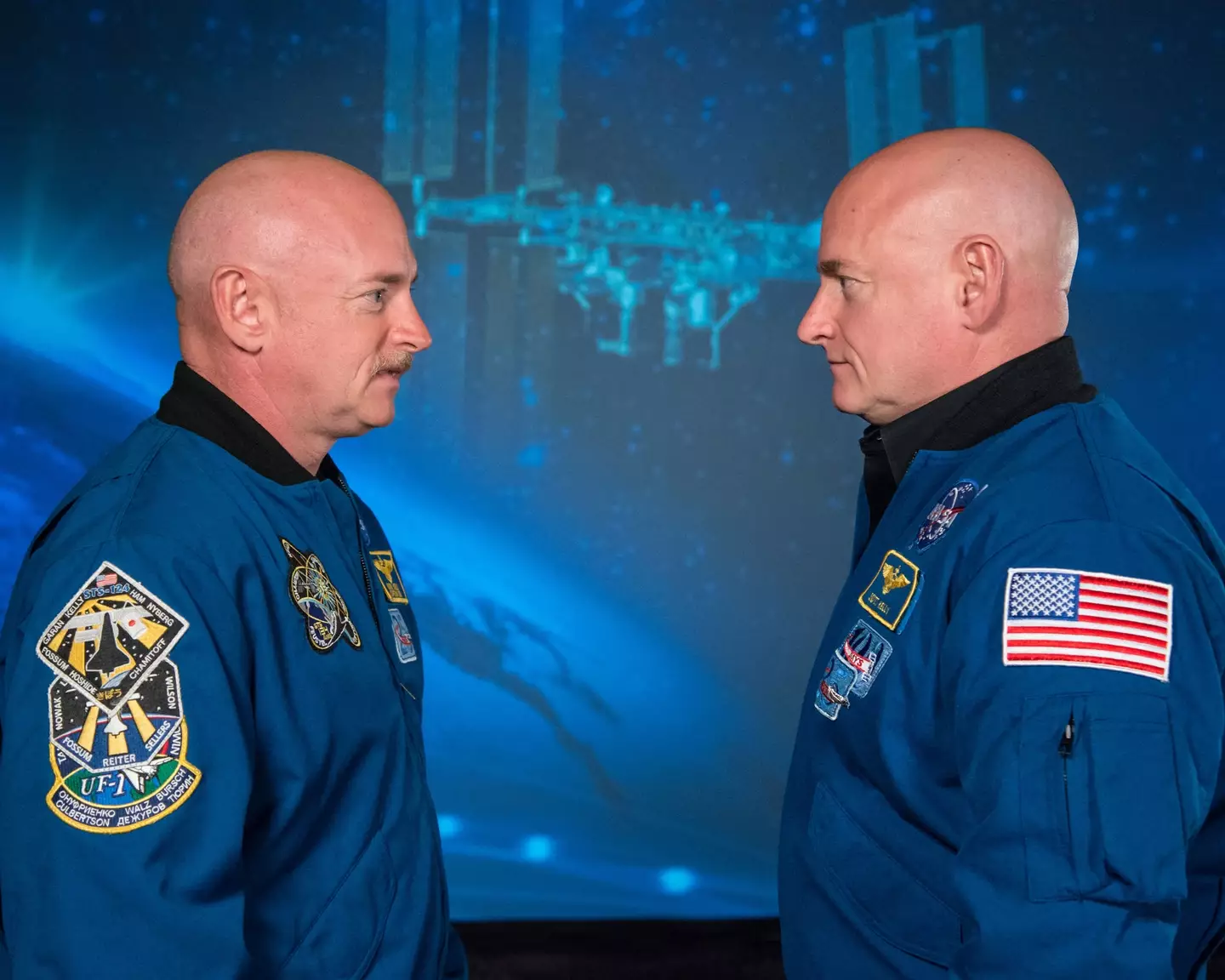
Telomeres
Okay, first up it's a bit sciencey. But what else did you expect about a NASA study about twins and space?
Advert
So, telomeres. These are found at the end of each strand of DNA and protect chromosomes. As we get older they get shorter.
The shorter they are, the more indication of stress and exposure to a lifestyle that ultimately puts you closer to death.
But this study showed that Scott in space saw his telomeres change significantly in length during his time in space and then pretty quickly within days of landing back on Earth.
"Results from this investigation may help to evaluate general health and identify potential long-term risks," NASA says.
Immune system
Scott got a three flu vaccine on Earth. He had a second one a year later in space and then a third one a year after that when back on the planet.
Advert
"This study found that Scott’s body reacted appropriately to the vaccine," NASA said.
The space agency lauded the find because it indicated that 'the immune system responds appropriately in space, should a vaccine ever be needed, during long-duration missions'.
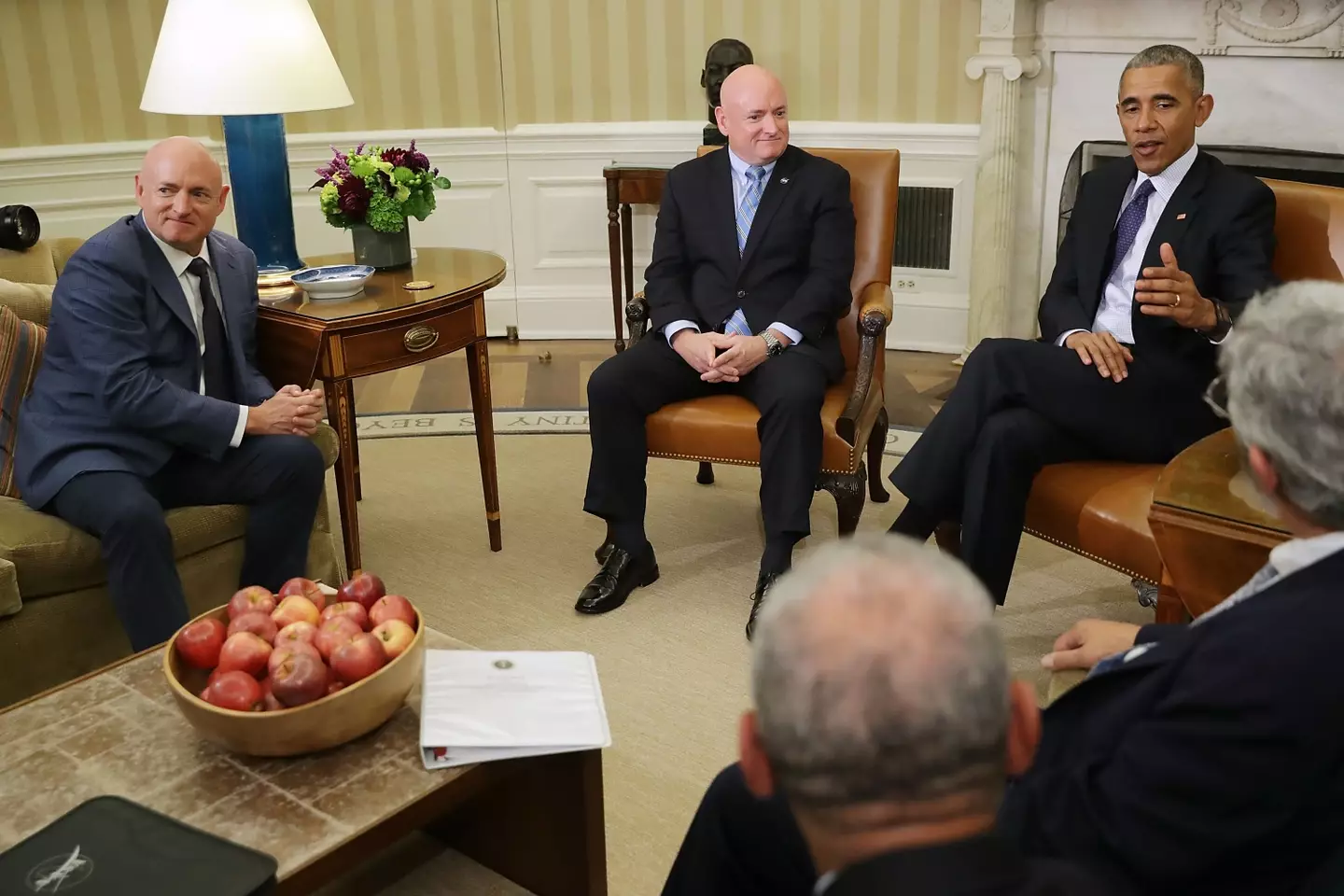
Gene expression
NASA said that samples taken before, during and after Scott’s mission in space revealed 'some changes in gene expression'.
Advert
At the same time, Mark also experienced normal-range changes in gene expression on Earth 'but not the same changes as Scott'.
"Changes Scott experienced may have been associated with his lengthy stay in space," the space agency said. "Most of these changes (about 91.3 percent) reverted to baseline after he returned to Earth; however, a small subset persisted after six months.
"Some observed DNA damage is believed to be a result of radiation exposure. Gene expression data corroborated and supported other findings in the Twins Study, including the body’s response to DNA damage, telomere regulation, bone formation and immune system stress. These findings help demonstrate how a human body was able to adapt to the extreme environment of space and help researchers better understand how environmental stressors influence the activity of different genes, leading to a better understanding of physiological processes in space."
Mental - and physical - ability
Referred to as cognition, the data showed that Scott's cognitive ability and awareness (mental alertness, spatial orientation, recognition of emotions, and so on) in space didn't change much from his brother's down on Earth.
Advert
A huge find for NASA, it suggested to the space agency that astronauts can 'maintain high levels of cognitive performance for longer durations in space'.
One notable side effect of space travel was Scott's physical abilities when coming back to Earth for the first six months, with him slower than usual at day to day activities. The space agency said: "The changes observed just after landing are possibly due to re-exposure and adjustment to Earth’s gravity, and the busy schedule that enveloped Scott after his mission."
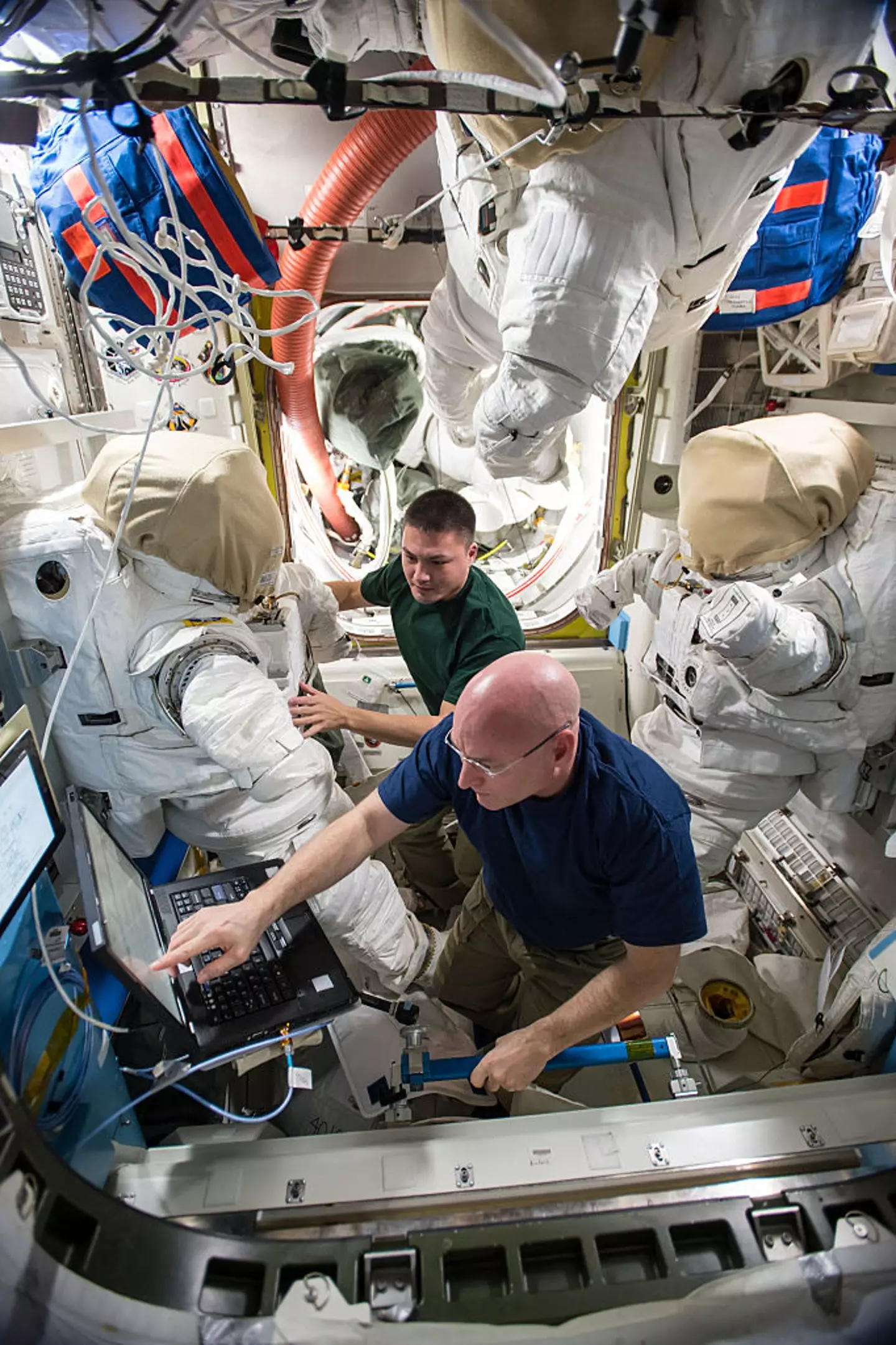
Biochemistry and the body
Scott lost seven percent of his body mass during his trip to space that NASA put down to as a consequence of increased exercise to keep him fit and a controlled nutritional intake. At the same time, he ate 30 percent less calories than predicted.
As for his strength, Scott's bone breakdown and bone reformation cycle occurred at a faster rate during the first six months he was in space 'but slowed down in the second half when his exercise volume was lower'.
He also had an increased folate status, linked to Vitamin B9, with it low when he took off into space but increasing during the voyage around the Earth - something NASA said was 'likely due to better food choices from the space food system'.
"Folate has many important functions in the body, including support of DNA synthesis. In fact, there is a correlation between Scott’s folate status and telomere dynamics. These data support the fact that nutrition plays an important role in all aspects of health in space and on Earth," NASA says.
Healthy gut (microbiome)
Having bacteria in the gut, or a diverse microbiome, is a sign of good health. For Scott, his gut was very during the flight compared to pre-flight.
"This could be due to the food he consumed while on the space station (mainly freeze-dried or thermo-stabilised prepackaged food) although other space-specific environmental factors may have also contributed," NASA says.
"When he landed back on Earth, Scott’s microbiome returned to preflight state. Observing how much Scott’s gut bacteria returned to normal was reassuring. Findings from this study may provide researchers with a better understanding of how to help improve overall health, such as adjusting astronauts’ diets to help beneficial bacteria thrive."
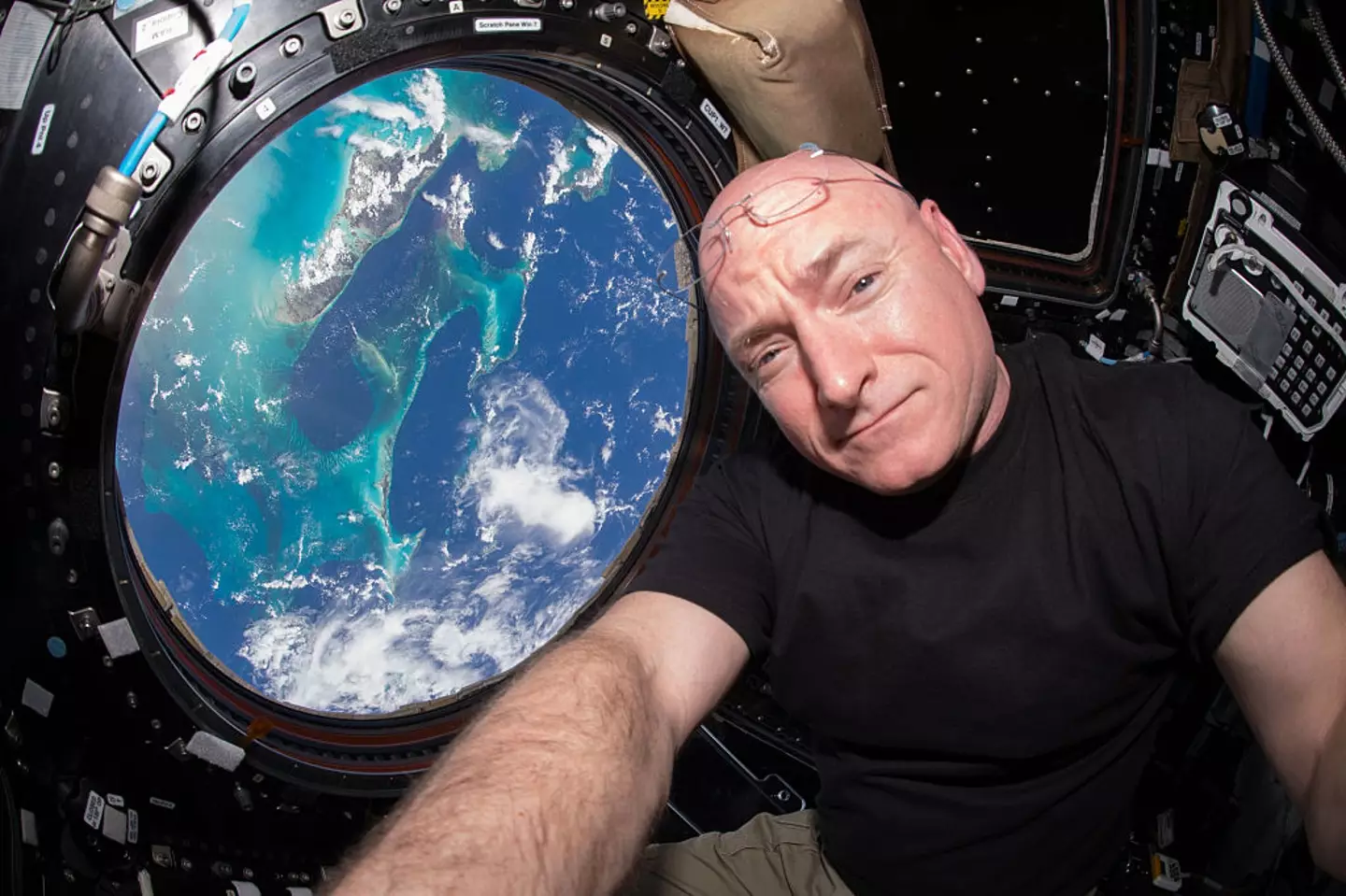
Epigenomics
Epigenomics is the study of changes you body inherits outside of your encoded DNA sequence.
With Scott in space, NASA found that he had inflight changes to his epigenetic state but that it didn't change much from what his twin Mark experienced on Earth.
Scott's changes mostly took place during the last six months in space so for shorter missions, little change to his body would have been felt.
Metabolomics
This is the study of small molecules within cells, biofluids, tissues, or organisms. In particular NASA looked at signs of atherosclerosis (narrowing of the inside of an artery wall due to plaque buildup) which may be caused by inflammation and oxidative stress during spaceflight.
Researchers located signs of inflammation and thickening of the carotid artery wall in Scott during and after his mission. Mark didn't experience this on Earth.
"Whether this adaptation is reversible remains to be determined. Results from this study help researchers understand better the effects of long duration spaceflight on the cardiovascular system," NASA says.
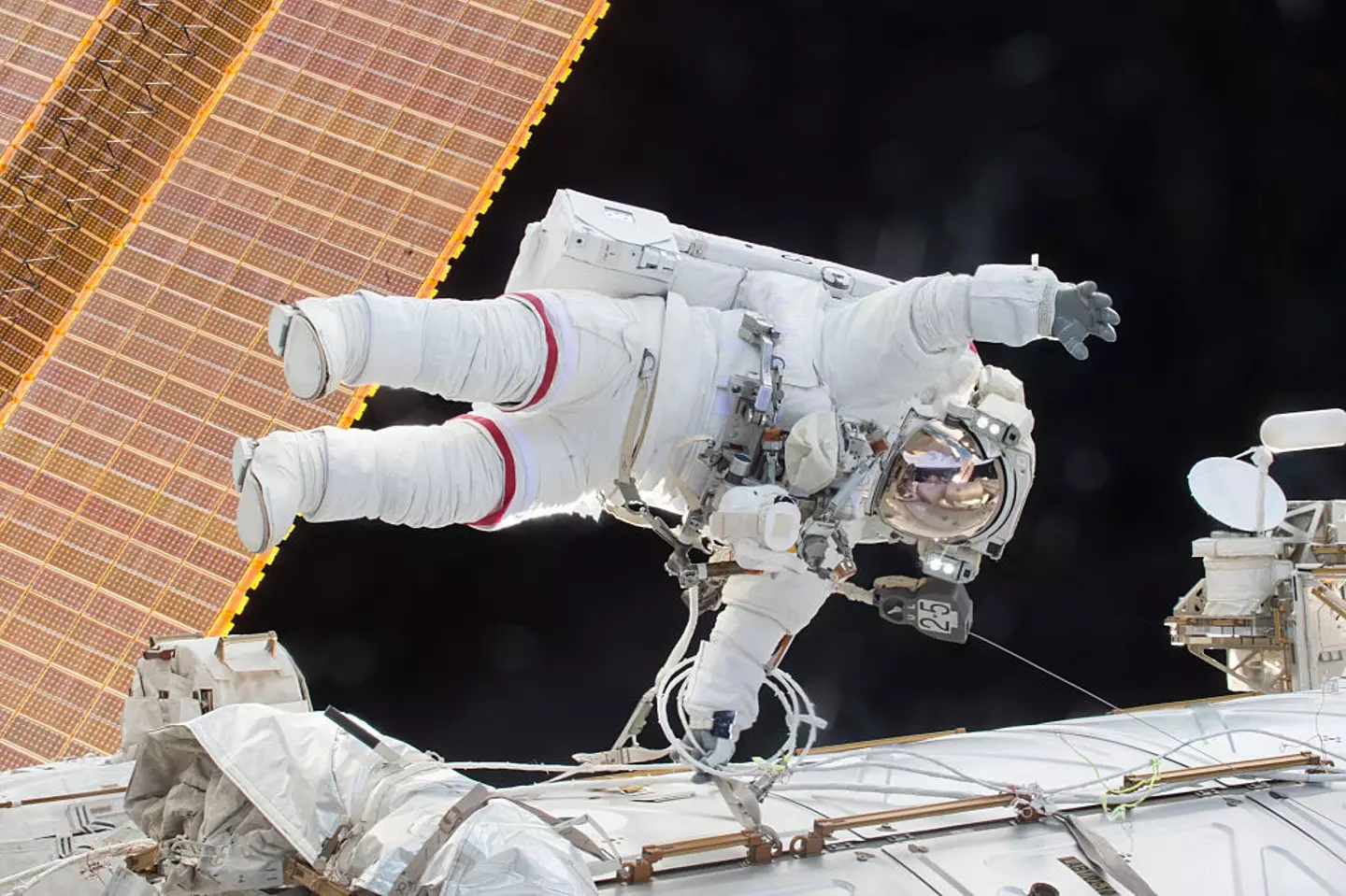
Eyesight
NASA looked at fluid in the body, the structure of eyes, and protein found in urine to see if there was anything wrong with eyesight in long space trips.
Experts found that one protein, known as AQP2, was high in Scott when in space as compared to Mark on the ground.
"AQP2 regulates water reabsorption in the body and is a useful indicator of hydration or dehydration status. These results are helping to piece together the puzzle of vision problems during spaceflight," the space agency determined.
Inflammation
Combining all the research, NASA found three strong signs of inflammation throughout Scott's body while he was in space.
"Interestingly, some of these markers were elevated in Mark as well," it added.
"The Twins Study demonstrated the resilience and robustness of how a human body can adapt to a multitude of changes induced by the spaceflight environment. Researchers found that many of Scott’s responses observed returned to preflight levels by the study’s end."